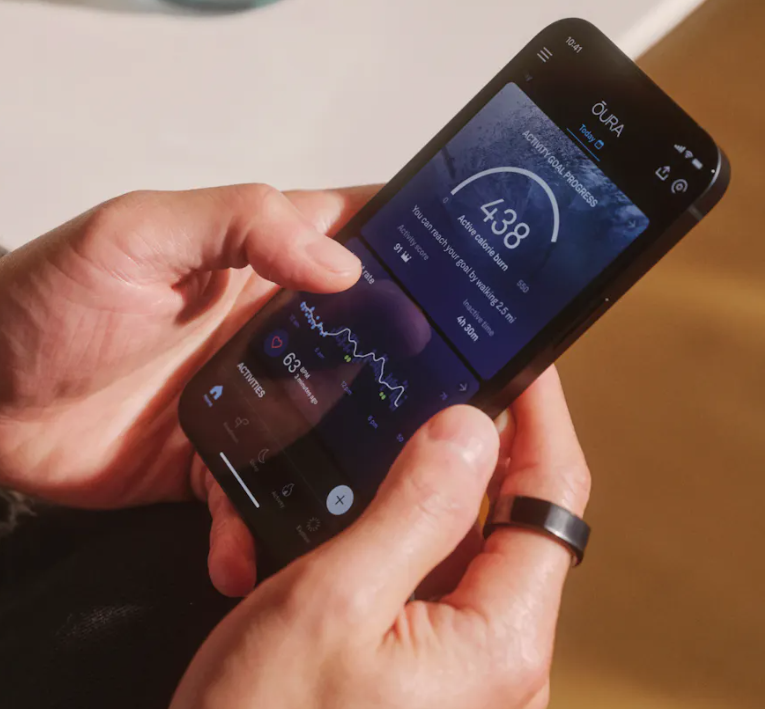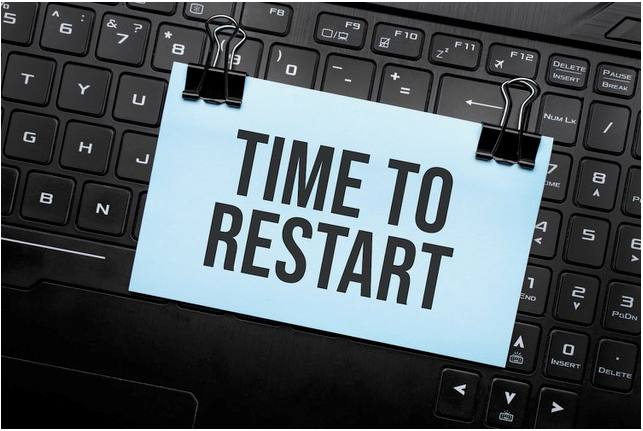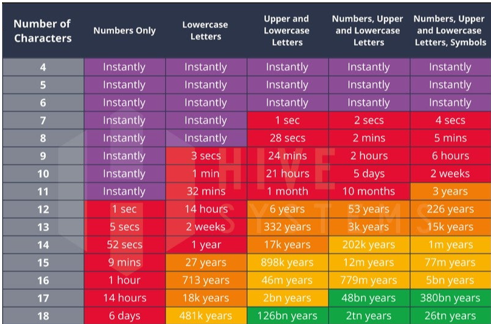By Tony Rushin
Business owners frequently ask us how often they should refresh the computers their employees depend on. While it’s always nice to have the latest features, this kind of hardware represents a significant financial outlay. Each situation is different, but in general we recommend replacing laptops every two to three years and desktops every three to five years.
 This recommendation is based solely on the increased productivity gains from using a newer computer. There are two main factors for the productivity gains:
This recommendation is based solely on the increased productivity gains from using a newer computer. There are two main factors for the productivity gains:
- New computers run faster
- Old computers have more problems
New Computers Run Faster
The performance of any computer slows down over time, even in the absence of any specific problems. Couple this with the increased speed and functionality of a new computer and a business case can be made, based on lost productivity alone, that professional, white-collar office workers should refresh their computers every two to three years.
A 2014 research report by J. Gold Associates illustrates the problem. The company conducted benchmark tests that mimicked the applications an office worker would run every day (word processing, spreadsheet data manipulation, email creation/management and web browsing). They ran the benchmark tests on a new HP laptop and a two-year-old HP laptop. Each machine had an i5 processor, equal memory and disk space and ran Windows 7 (of course, the newer laptop had current generations of each component). The employee on the newer laptop was 6.35% more productive, doing the same amount of computer work in less time.
Old Computers Have More Problems
Independent of speed, older computers have more issues: memory leaks, malware that has built up, hardware failures. When a problem occurs, the person has to deal with it in some manner: reboot, figure out a workaround, put in a ticket and/or call the Support Desk, ask an office-mate to help (hurting the productivity of two people), etc. Every time a problem arises, the person’s productivity is negatively impacted. And the likelihood of having problems increases when a computer gets older.
Productivity gains are the main justification for our recommended replacement intervals, but there are other factors that influence the computer refresh cycle as well. These include:
- Software you want won’t run on the old computer
- Warranty renewal or maintenance costs are high
- Users might prefer a smaller/lighter laptop or a laptop with a larger screen
The list goes on, but productivity gains dwarf the many other reasons that support this best practice approach to replacing computers.
Business Case
Since computers are some of the pricier tools to replace, it might seem prudent to delay purchasing replacement hardware longer. A closer look at the numbers, however makes the business case for refreshing a laptop every two years. To make the math easy, let’s use the following numbers to calculate return on investment:
- 5% annual productivity gain
- $100,000 annual salary plus benefits
- 250 work days per year
- $2,500 for a new laptop (hardware, software and setup)
Over two years, the savings – based on the productivity gains – is $10,000. The two-year ROI is 400%. Of course, these savings aren’t realized unless the person is doing meaningful work with the productivity gains. Another way to realize these savings is by delaying the need to hire more people because of the productivity gains.
Since we work mainly with law firms and medical practices, there’s a more compelling way to look at the productivity gains. For an attorney or paralegal: how many more hours can they bill? For a doctor or physician’s assistant: how many more patients can they see? The worker in this business case has 12.5 additional work days each year. If 80% of that time can be utilized, that equates to 10 additional work days each year.
- Attorney: Assuming a billing rate of $200, the law firm would bring in an additional $16,000 each year for a two-year ROI of 1280%.
- Doctor: Assuming 20 patients per day and $100 per patient, the medical practice would bring in an additional $20,000 each year for a two-year ROI of 1600%.
Finally, a third way to approach the business case is to look at the laptop upgrade costs as a percentage of employee costs. In this business case, it’s 1.25%. Is it worth it to invest 1.25% of a person’s salary on a new laptop every two years? One factor to consider is the ability to attract and retain more top-notch people. More productive people with better tools are happier. An office full of people with high morale tends to attract and retain more top-notch performers. Conversely, what does it cost when a top-notch employee leaves?
Laptops vs. Desktops
The reason we recommend shorter refresh intervals for laptops than desktops is twofold. First, the highest-paid and most productive employees typically use laptops. Second, the useful lifespan of the two components differ, with laptops wearing out faster due to more wear and tear.
Recommendation
The best approach to hardware replacement is to create a set policy for refreshing laptops and desktops in your organization and consider moving it toward the short end of each recommended range. Stick to the set policy with few exceptions, because even if the computer itself isn’t experiencing noticeable problems, the computer user’s productivity will get a boost from a new computer.






